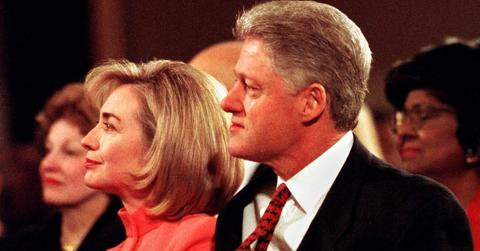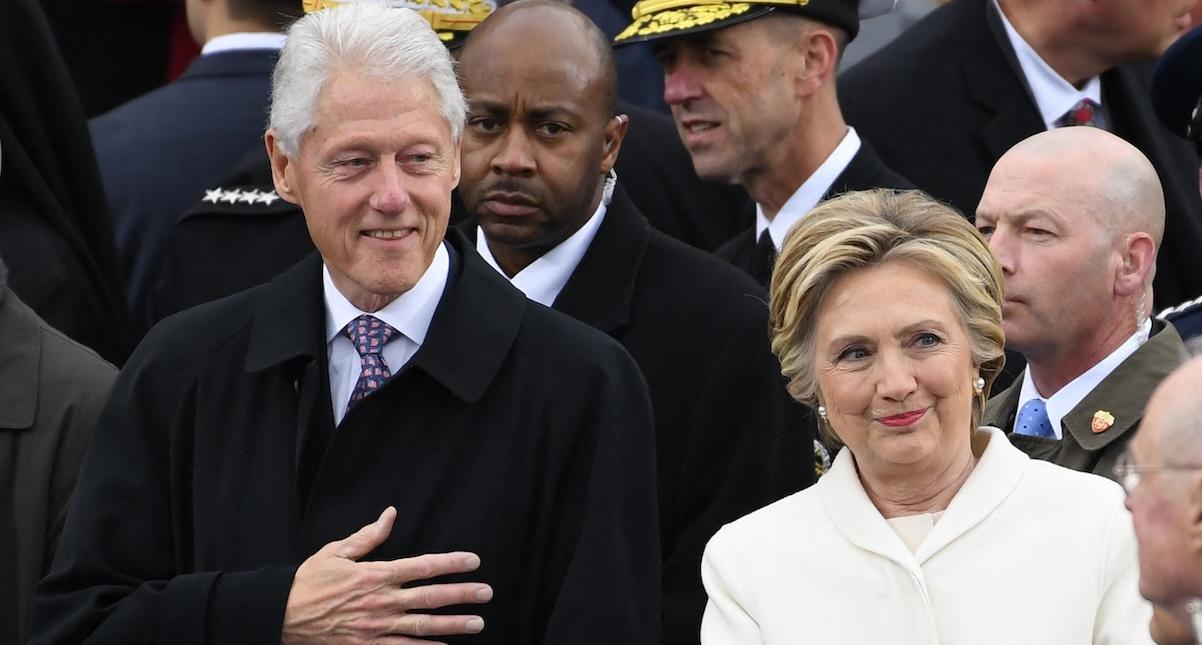How a Clinton-Era Tax Law Still Helps Business Owners Legally Eliminate Taxes
President Clinton's ESOP, or Employee Stock Ownership Plan, laid the groundwork for one of the most powerful tax strategies available to private business owners today.
May 12 2025, Updated 7:02 p.m. ET

President Clinton & wife Hillary in1997
Back in 1997, a provision tucked inside the Taxpayer Relief Act, signed by President Bill Clinton, laid the groundwork for one of the most powerful—and underutilized—tax strategies available to private business owners today. While the act made headlines for broader tax cuts, one lesser-known clause quietly enabled a financial structure that’s still helping companies eliminate federal income taxes completely.
It all revolves around the ESOP, or Employee Stock Ownership Plan.

What the Law Changed
The Clinton-era reform allowed S corporations to be owned by ESOPs. This change meant that if a company became 100% employee-owned through an ESOP and structured as an S corp, it could operate as a federally tax-exempt entity. Instead of profits being taxed, they flow into a tax-exempt trust owned by the company’s employees.
For business owners seeking to exit while preserving company culture and minimizing taxes, the model has become a powerful tool for succession planning.
Why It’s Still Relevant Today
In a business landscape where founders face high taxes and limited exit options, the ESOP model is being revisited with fresh eyes. Companies that adopt it gain:
- A legal way to avoid federal income tax on profits
- Deferred or eliminated capital gains tax for the seller
- Long-term wealth-building for employees
- Preservation of the business’s mission and culture

It’s especially impactful in industries like manufacturing, construction, and cannabis, where traditional private equity exits may not align with founders’ goals or values.
Not Just a Tax Play — A Business Legacy Strategy
While the tax benefits are substantial, the ESOP structure also strengthens employee engagement, retention, and long-term planning. Workers gain a true stake in the business, often leading to greater productivity and lower turnover.
But executing an ESOP is no small feat. It requires legal structuring, financial modeling, and compliance expertise. That’s why many business owners turn to trusted resources like MBO Ventures, whose team of experts has helped guide hundreds of companies through this transformation.

A Strategy That’s More Modern Than Ever
What started as a tax law in the late '90s has become one of the smartest exit and growth strategies in business today. For those looking to sell without sacrificing their legacy—or simply operate more efficiently—this little-known Clinton-era reform offers a pathway to do both.
With the right guidance, businesses can turn employee ownership into a competitive advantage that lasts far beyond the founder’s tenure.
